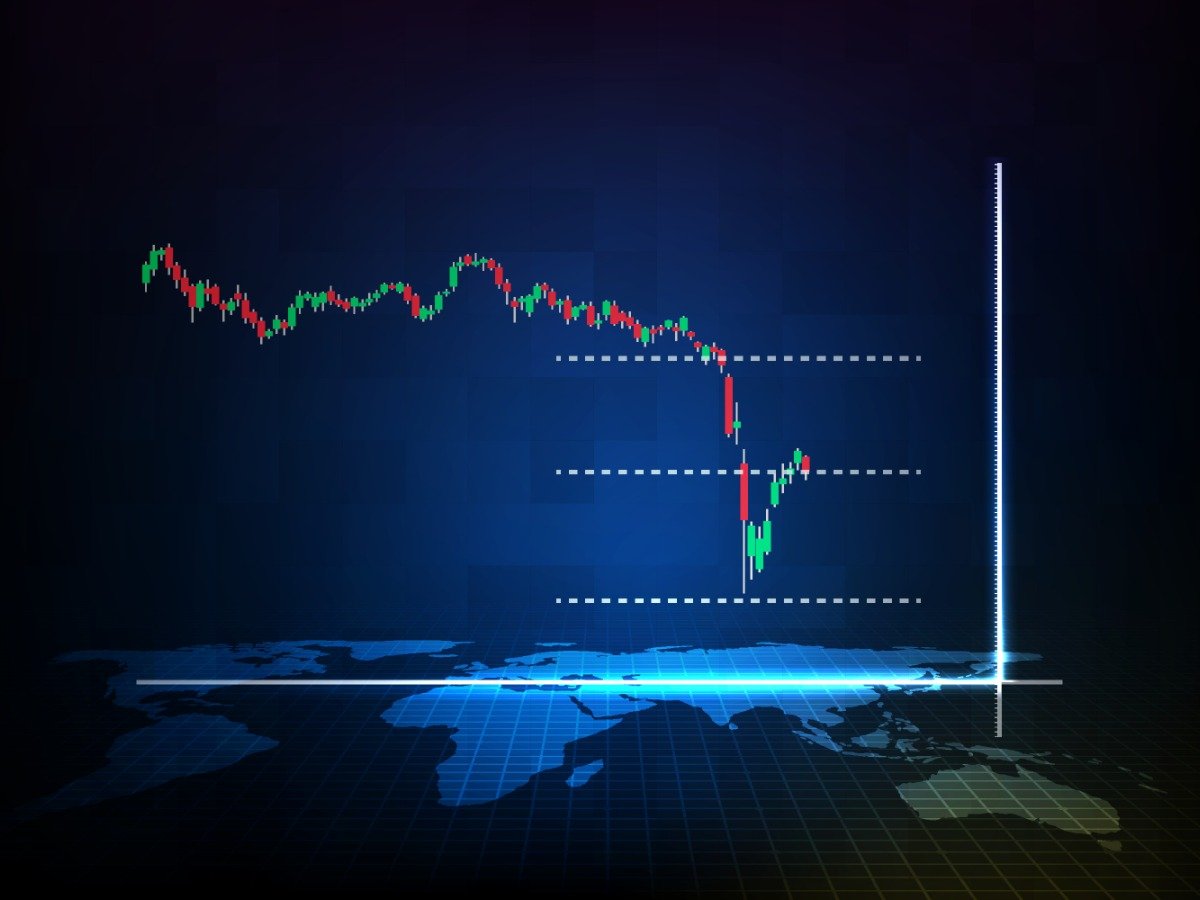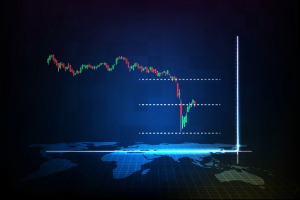2023 exchange rate forecasts from investment bank ING - update December 2022. Market optimism over the global econom

- 2023 exchange rate forecasts from investment bank ING – update December 2022.
- Market optimism over the global economy is likely to face a reality check early in 2023.
- Risk aversion and high yields will provide renewed dollar support.
- Energy fears will continue to sap Euro support with EUR/USD at 1.000 at the end of 2023.
- A slightly less dovish Bank of Japan policy will help support the yen.
- A UK recession will undermine the Pound, GBP/USD end-2023 forecast 1.14.
- Commodity currencies will dip early in 2023 on risk aversion before staging a recovery.
Misplaced Optimism across Currency Markets
ING considers that the current wave of dollar weakness and gains in equities is based on an optimistic assessment of the global economy with a peaking of inflation pressure.
 The bank, however, is notably sceptical that this optimism is justified.
The bank, however, is notably sceptical that this optimism is justified.
It adds; “FX markets are assuming that central banks can signal the all-clear on inflation and deliver gentle easing cycles to ensure soft landings in 2023. We suspect the reality will not be quite as kind to financial markets. We back a stronger dollar into early 2023.”
As far as hopes for a less restrictive Federal Reserve is concerned, it notes; “At this stage we think this is more wishful thinking and the draw of 4.50-5.00% USD deposit rates will keep the dollar stronger for longer.”
Dollar Liable to Remain the Default Option
ING does expect that the Fed will be able to relax monetary policy later in 2023, but this may not be a trigger for a dollar sell-off.
A key element is that investors will need to find attractive alternatives to the US currency before switching out of the US currency. If confidence remains weak, the default position will be for the dollar to remain the asset of choice.
In this context it adds; “Fed rate cuts in 2H23 may not be enough to weaken the dollar if Europe and China are still struggling to grow.”
ING also expects that underlying energy pressures will continue which will be detrimental for the European economy and undermine the Euro.
As far as the Euro is concerned, it adds; “Consensus sees EUR/USD near 1.10 at the end of 2023. We suspect it closes 2023 nearer parity given recession and energy concerns.”
New Bank of Japan Governor in Focus
Overall yield spreads will remain a crucial element for the yen outlook. With a hawkish Fed, ING sees cope for renewed dollar gains in early 2023.
Nevertheless, it does not expect gains will be sustained, especially with a focus on Japan.
Importantly, there will be a new Bank of Japan Governor from April with expectations that the new Governor will not continue the very dovish policy stance persuaded by current head Kuroda.
According to ING; “We doubt USD/JPY sustains gains over 142.50/145.00 and as the end of 1Q23 approaches and we focus on the next Bank of Japan governor (someone less dovish?), USD/JPY should be pressured again. USD/JPY could be trading well under 130 by the end of 2023.”
ING expects the Swiss National Bank will prefer a strong franc to curb inflation pressures.
Sterling Vulnerability will Persist
ING notes that Sterling has rallied strongly over the past few weeks. It considers that the rally can be put down in part to a removal of the Truss government and return to fiscal orthodoxy.
A rebound in risk appetite has also been supportive, but ING considers this recovery has run its course; “We tend to think sterling has rallied far enough on both of those stories.”
The bank still also considers that the overall fundamentals will remain weak unattractive
The tight fiscal policy will undermine demand and there ING expects that the Bank of England will have to switch to an easier monetary policy.
It adds; “Tight fiscal and monetary policy heading into a recession stand to make UK asset markets unattractive. And GBP should fall when the Bank of England calls time on its tightening cycle.”
ING does not expect yield spreads will be wide enough to provide support against the Euro with the BoE relaxing policy more quickly than the ECB.
ING also expects that vulnerable risks conditions will curb Sterling support; “Additionally, a poor year for growth – and another difficult one for equity markets – suggests the UK will require a cheaper exchange rate to attract investments.”
Delayed Recovery for Commodity Currencies
As far as the Canadian dollar is concerned, ING expects initial weakness on the back of dollar strength and vulnerable risk conditions. It does, however, see a recovery later in the year.
According to ING; “While a USD rebound and unstable equity markets point to more potential pain in the short term, we expect a recovery in energy prices and low exposure to China and Europe to fuel a sustained USD/CAD downtrend in 2023.”
ING also expects that the Australian dollar will be hampered by reservations over the Chinese outlook with a focus on Chinese trade and property sectors.
ING also doubts that the Reserve Bank of New Zealand will tighten monetary policy as much as the central bank expects; “The ongoing correction in house prices may accelerate beyond the Bank’s tolerance levels and we see a high chance of policymakers under-delivering compared to the 5.5% OCR signalled in rate path projections.”
Table of currency forecasts from ING covering period 2023.
| Pair | spot | 1 mth | 3 mths | 6 mths | 12 mths |
|---|---|---|---|---|---|
| EUR/USD | 1.06 | 1.02 | 0.98 | 1.00 | 1.00 |
| USD/JPY | 135 | 138 | 140 | 138 | 130 |
| GBP/USD | 1.24 | 1.17 | 1.10 | 1.14 | 1.14 |
| EUR/GBP | 0.86 | 0.87 | 0.89 | 0.88 | 0.88 |
| EUR/CHF | 0.99 | 0.97 | 0.95 | 0.92 | 0.95 |
| AUD/USD | 0.69 | 0.67 | 0.68 | 0.69 | 0.71 |
| NZD/USD | 0.64 | 0.63 | 0.62 | 0.64 | 0.66 |
| USD/CAD | 1.36 | 1.38 | 1.35 | 1.33 | 1.26 |
| EUR/NOK | 10.54 | 10.50 | 10.15 | 9.95 | 9.70 |
| EUR/SEK | 10.90 | 10.95 | 10.80 | 10.60 | 10.50 |
| USD/CNY | 6.98 | 6.97 | 6.90 | 6.77 | 6.72 |
news.google.com
